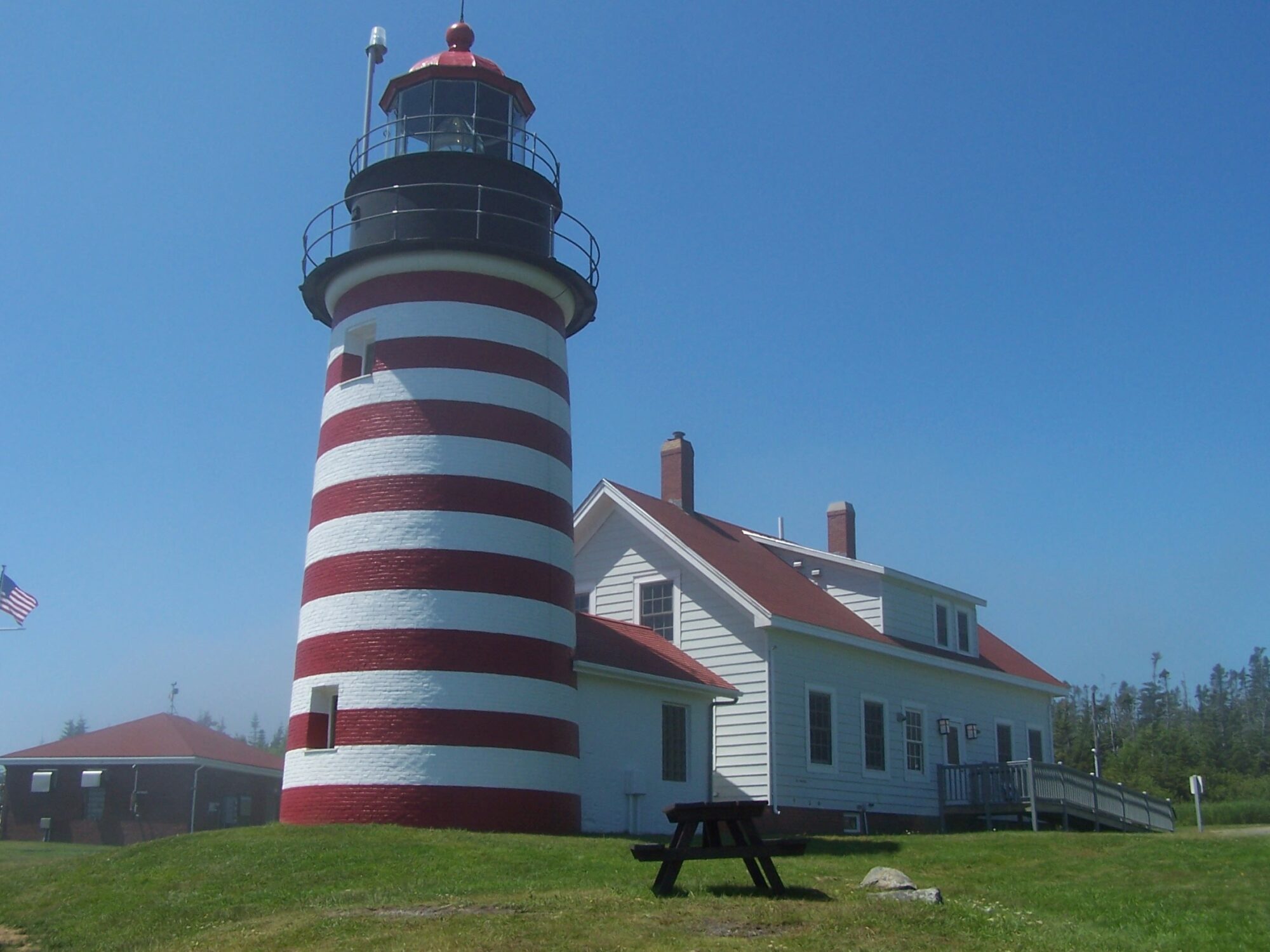 In my last post, and especially in my poem, my intention was to open my heart fully and express the anguish that yesterday’s news brought to me. Yesterday, in a real sense, was a Good Friday moment for us all. It was a time to weep, a time to mourn. In one sense, we may feel as though the Lord has been taken away (even though He remains among us) and we do not know where they have put Him.
In my last post, and especially in my poem, my intention was to open my heart fully and express the anguish that yesterday’s news brought to me. Yesterday, in a real sense, was a Good Friday moment for us all. It was a time to weep, a time to mourn. In one sense, we may feel as though the Lord has been taken away (even though He remains among us) and we do not know where they have put Him.
Now that we are absorbing the news of the suspension of public Masses, where are we? We long for Easter, for a Resurrection, for the full restoration of our Eucharistic celebrations. Until then, we find ourselves in Holy Saturday mode. Continue reading “A Church In Holy Saturday Mode”



